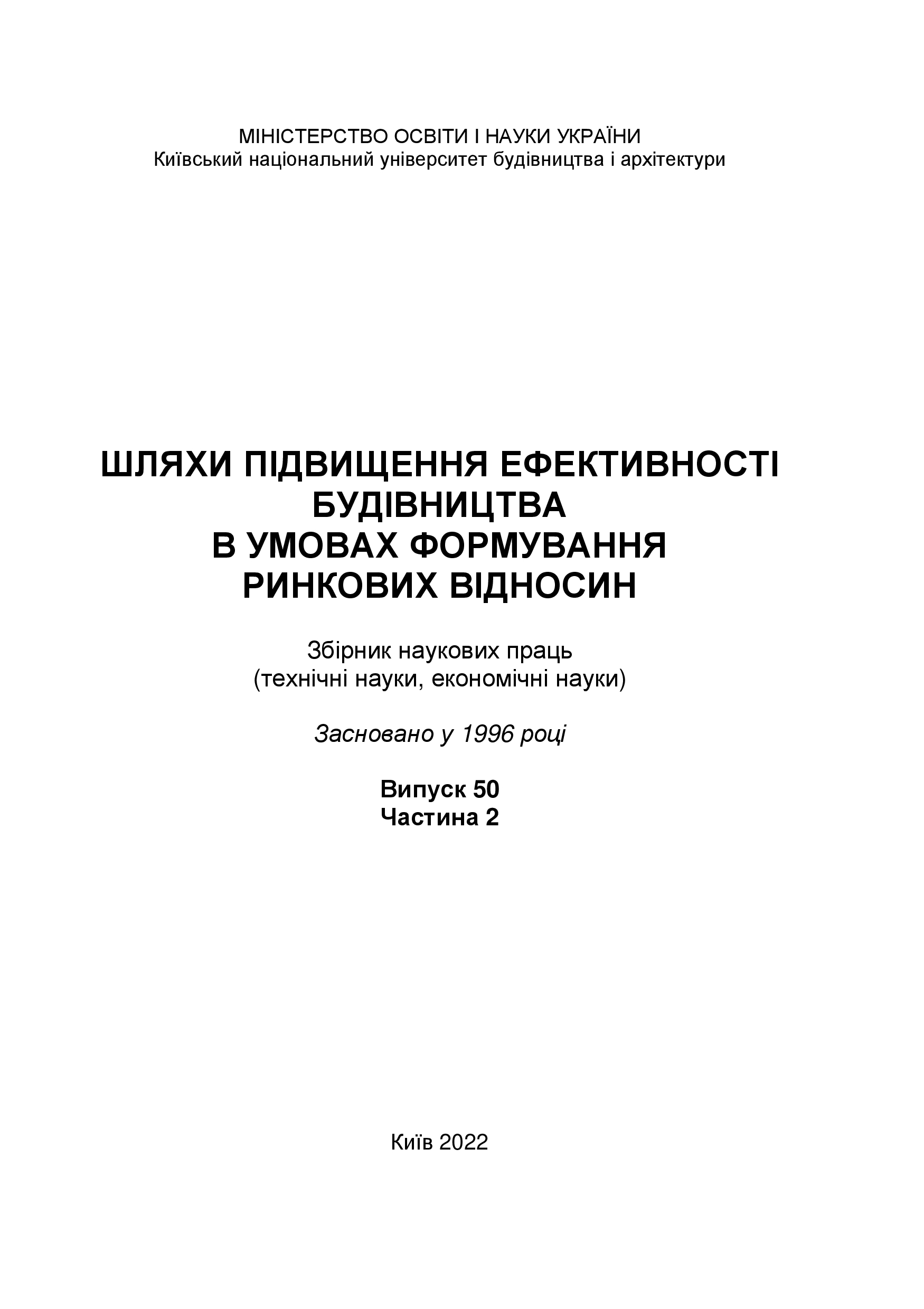Scientific and methodological aspects of the choice of discount rate in the evaluation of investment projects
DOI:
https://doi.org/10.32347/2707-501x.2022.50(2).50-60Keywords:
discount rate, methods of determining the value of the discount rate, investment project, evaluation of the effectiveness of investment projects, investment risk, cumulative allowance, inflationAbstract
The article is devoted to the issues of evaluating the efficiency of investment projects, taking into account the justified and objective choice of the discount rate, which significantly affects the accuracy of the indicators of the economic efficiency of the evaluated investment project. In the conditions of an acute shortage of investment resources, the desire to increase the accuracy of the predictive assessment of the effectiveness of investment projects necessitates the search for new scientific and methodological approaches to the justified choice of the discount rate. In each specific situation, this choice depends on a large number of different factors, which are conditionally divided into two groups - internal and external. Unfortunately, in investment projects developed by Ukrainian enterprises, insufficient attention is paid to justifying the discount rate. The article provides an analysis of the main methods of determining the value of the discount rate when evaluating investment projects and scientific and methodological approaches to the selection of the discount rate in order to increase the objectivity of the predictive assessment of the feasibility of implementing an investment project. The essence of the advantages and disadvantages of such "traditional" methods of determining the discount rate of investment projects, such as the SARM model, the cumulative construction model, and the WASS model, are revealed. The effect of the intensity of exogenous factors in the form of the cost of credit resources, tax rates, inflation rates on the result of the assessment of the efficiency of the investment project has been specified. The main problems of justifying the economic efficiency of investment projects in the post-war recovery of the national economy are formulated. The author's rationale for the cumulative premium to the discount rate is given, due to the risk of speculative growth in the cost of construction caused by excess demand for construction work. The indicator of the expected duration of the portfolio of all orders of the construction enterprise, expressed in months, is proposed for use. On the basis of a cluster analysis of retrospective data, the linguistic terms of this meaning "deficit of orders", "partial..." and "sufficient security of the medium-term portfolio of orders" and their corresponding Gaussian membership functions are substantiated. An artificial intelligence system has been developed for forecasting the most likely percentage of speculative overestimation of the cost of construction works performed by the contractor, and the feasibility of using the output of this system as a cumulative premium to the discount rate has been proven.
References
Аптекар С. Оцінка ефективності інвестиційних проектів. Економіка України. 2007. №1. С. 42 – 49.
Балацький О.Ф., Теліженко О.М., Соколов М.О. Управління інвестиціями: навч. посіб. 2-ге вид., перероб. і доп. Суми: Унів. книга, 2004. 232 с.
Гойко А.Ф. Методи оцінки ефективності інвестицій ти пріоритетні напрями їх реалізації. Київ: ВІРА-Р, 1999. 320 с.
Гетьман О.О., Шаповал В.М. Економіка підприємства: навчальний посібник для студентів вищих навчальних закладів. К.: Центр навчальної літератури, 2006. 448 с.
Довганюк Л.В. Методичні підходи до визначення ефективності капітальних вкладень. Інвестиції: практика та досвід. 2004. №24. С. 18 – 23.
Добикіна О.К., Добикіна О.К., Рижиков В.С., Касьянюк С.В., Кокотько М.Є., Костенко Т.Д., Герасимов А.А. Потенціал підприємства: формування та оцінка: навчальний посібник. К.: Центр учбової літератури, 2007. 208 с.
Довбня С. Б., Ковзель К. А. Новий підхід до оцінки економічної ефективності інвестиційних проектів. Фінанси України. 2007. № 7. С. 62 – 71.
Катеринич М.Б. Аналіз та оцінка інвестиційних проектів. Інвестиції: практика та досвід. 2007. №16. С. 11 – 17.
Коваль Н.В. Удосконалення підходів до оцінки ефективності інвестиційних проектів. Інвестиції: практика та досвід. 2008. №3. С. 17 – 21.
Петрович Й. М., Просович О. П. Удосконалення методів оцінювання економічної ефективності інвестицій. Проблеми економіки та управління. Вісн. Нац. ун-ту “Львівська політехніка” 2005. № 533. С. 66 – 71.
Чилій О. В. Обґрунтування норми дисконту в оцінці інвестиційних проектів. Фінанси України. 2001. № 8. С. 112 – 116.
Яструбецька Л.С. Грошові потоки в оцінці інвестиційного проекту підприємства. Фінанси України. 2005. С.101 – 109.
Downloads
Published
How to Cite
Issue
Section
License

This work is licensed under a Creative Commons Attribution 4.0 International License.
Authors who publish with this journal agree to the following terms:
- Authors retain copyright and grant the journal right of first publication with the work simultaneously licensed under a Creative Commons Attribution License that allows others to share the work with an acknowledgement of the work's authorship and initial publication in this journal.
- Authors are able to enter into separate, additional contractual arrangements for the non-exclusive distribution of the journal's published version of the work (e.g., post it to an institutional repository or publish it in a book), with an acknowledgement of its initial publication in this journal.
- Authors are permitted and encouraged to post their work online (e.g., in institutional repositories or on their website) prior to and during the submission process, as it can lead to productive exchanges, as well as earlier and greater citation of published work (See The Effect of Open Access).

